Paper Chase: A Global Industry Fuels Scientific Fraud In The U.S.
Authored by Vince Bielski via RealClearInvestigations,
In southern India, a new enterprise called Peer Publicon Consultancy offers a full suite of services to scientific researchers. It will not only write a scholarly paper for a fee but also guarantee publishing the fraudulent work in a respected journal.
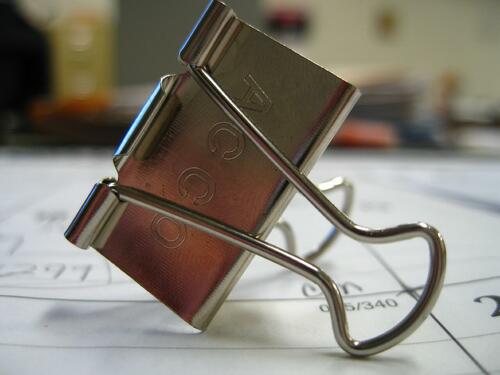
It is one of many “paper mills” that have emerged across Asia and Eastern Europe over the last two decades. Paper mills are having remarkable success peddling tens of thousands of bogus academic journal papers and authorships to university and medical researchers seeking to pad their resumes in highly competitive fields.
These sophisticated outfits also engage in trickery to get papers published, infiltrating journals with their own editors and reviewers and even resorting to bribery, according to investigators and a white paper from Wiley, a New Jersey-based publisher. The scale of the fraud is eye-popping: One Wiley subsidiary, Hindawi, retracted more than 8,000 articles two years ago for suspected paper mill involvement.
U.S. universities and regulators have been able to brush off the threat of paper mills because they have mostly sold their services in China, where research integrity standards are rarely enforced, according to experts. But these rogue operators are building on their success in Asia and expanding to the U.S. and Western Europe, where the prize is the prestige of naming an author on an article from a famous university.
“Paper mills have become a huge business,” said Jennifer Byrne, professor of molecular oncology at the University of Sydney, who studies the enterprises. “If some journals are pushing back on papers from China, and they probably are, it makes sense that paper mills will try to diversify their clientele and start working with people in different countries.”
As paper mills expand from the fringe to the center of research, placing professional-looking articles in high-impact journals owned by major publishers like Springer Nature, experts worry about the potential harm to scientific discovery. Researchers willing to break the rules in a Darwinian world of ‘publish or perish’ may mislead other scientists who incorporate their false findings into their own work. “We know little about the actual impact of paper mills on research,” Byrne says. “But if scientists are building on bad information, they are wasting resources and not making progress in their fields.”
Paper Mills Spread to the West
Paper mills appear to be expanding at a rapid clip, aided by AI that enables them to overwhelm journals with dozens of papers in a short period of time, adding to the challenge of detecting fakes. A study by the Committee on Publishing Ethics (COPE) revealed that, on average, journals suspected about 2% of submitted papers came from mills about five years ago. After journals published fake papers, however, the paper mills saw the opening and pounced, accounting for nearly half of new submissions.
In a corrupt echo of Moore’s Law, a 2024 study concluded that the number of suspected paper mill articles has been doubling every 18 months, “far outpacing that of legitimate science.”
Researchers in the West appear to be a small but important part of the expansion. Journals have retracted more than 140 papers that name a U.S. co-author because of evidence of organized fraud, and almost 200 retracted papers name a co-author from Western Europe, according to data collected by watchdog group Retraction Watch and analyzed by Cristina Candal Pedreira, an assistant professor at the University of Santiago de Compostela in Spain. Scholars at many leading U.S. universities, including the University of California, Emory University, Georgia Tech, and the University of Texas, have co-authored papers linked to paper mills in recent years.
The retraction notice for a 2022 paper co-authored by computer scientist Yanhui Guo, a rising star in the field of AI at the University of Illinois Springfield, is typical. Wiley said its investigation of Guo’s paper “uncovered evidence of systematic manipulation of the publication and peer-review process. We cannot, therefore, vouch for the reliability or integrity of this article.”
It's difficult to know what role, if any, the U.S. researchers had in collaborating with a paper mill. Assuming the paper is a fake, a U.S. co-author could have purchased it or secured an authorship position on it, or they may have been unaware that a paper mill was involved.
Guo’s retracted article illustrates the different possibilities. It has six authors from five countries – a wide geographical spread that’s common on articles from paper mills, which sell authorship slots worldwide, says Elisabeth Bik, a California microbiologist who investigates scientific misconduct. Indeed, Guo could be unaware that another co-coauthor was collaborating with a paper mill, if that occurred.
It should be up to universities to answer ethical questions about their faculty. But misconduct investigations are cloaked in secrecy. Asked if the university is investigating why two of Guo’s papers were retracted, a spokesperson said, “UIS is following standard protocols and cannot comment further.” Guo didn’t respond to several requests for comment from RealClearInvestigations.
Many U.S. researchers who co-authored suspect papers were born in another country and came to the U.S. as young scholars to make their names. Mohammed Ali Al-Garadi obtained his Ph.D. in computer science in Malaysia before joining Emory University in Atlanta as a postdoctoral researcher in 2019, according to his IEEE profile. While at Emory, he was one of nine authors from seven countries on a 2021 paper that three years later was retracted by a Wiley journal because of “indicators of systematic manipulation of the publication process.”
In 2022, Al-Garadi landed a plum job at highly ranked Vanderbilt University, where he’s a research assistant professor in biomedical informatics. Al-Garadi and Vanderbilt didn’t respond to questions about the retracted paper, one of two of his articles yanked from a journal.
When more prominent U.S. researchers are named on alleged paper mill articles, experts say “name theft” might be involved. A scholar such as Jonathan Koomey, who has taught at Stanford University and has written more than 200 articles and reports and 10 books, would have no apparent motive to conspire with a paper mill. The mill, however, would have a motive to put his name on a paper without his knowledge to give it more credibility with a publisher.
Koomey says he had no idea that his name and prestigious affiliation – Stanford – appeared on a retracted paper by a Sage journal until RCI recently asked him about it. Koomey’s name was listed with four scholars from China on a paper about an English oral evaluation algorithm. Koomey’s specialty is another field altogether: energy and climate change.
“This is a paper to which I never contributed and have no idea who these authors are,” said Koomey. “They just stuck my name on the paper without my knowledge.”
When U.C. Berkeley retired senior researcher Xiao-Yun Lu recently discovered that he was also a victim of name theft on two retracted papers linked to paper mills, he was alarmed. “I must stop this from happening immediately,” he told RCI.
Lu believed the lead author of the papers, Yi He, a former post-doctoral student at Berkeley, was responsible. So Lu emailed He, who now works at Wuhan University of Technology in China, and told him to follow proper scientific methods in his work and to stop putting his name on papers.
“The research approaches, data and results all need to be scientific and objective,” Lu wrote to He in a September email shared with RCI.
He responded, defending the retracted papers as “original achievements” and assured Lu that he won’t use his name on papers in the future. “I apologize for the trouble caused to you,” He wrote.
How Paper Mills Operate
Wiley, a major academic publisher with 1,600 journals, has warned that its industry faces a “deepening crisis” from paper mills. They first appeared about 15 years ago, and many have evolved into sophisticated businesses, producing complex papers with all the trappings of science. Mills appear to hire scientists, perhaps drawing from the surplus of Ph.Ds., and include lab facilities in their sales pitch.
The basic business model is selling authorship slots, if not the entire paper, to scholars on a wide variety of topics, from cancer research to economics to education, according to the COPE report. Paper mills write the articles, create charts based on online or fabricated data, respond to queries from editors, and guarantee publication in journals indexed to essential platforms like the Web of Science. It’s a wall-to-wall scam so convincing that journal editors, who are typically unpaid and have limited time for vetting papers, are easily deceived.
Researchers pay more for papers published in high-impact journals and for being the first listed author. While getting named on a low-profile conference paper might cost only $100, the price might jump to $1,200 for the first position in an influential journal, said a source in the academic publishing industry who asked to remain anonymous. “The highest fee I have heard of is $8,500.”
Paper mills operate with a remarkable degree of transparency, advertising their illicit services online to attract customers, with little concern that they will be shut down. They also offer legitimate services that can serve as camouflage for illegitimate ones.
The website of India’s Peer Publicon Consultancy, for instance, leads off with an offer to correct the grammar and spelling on medical-related papers. That’s fine. Then comes the offer of help in every facet of writing and publishing a literature review article for about $300. Dig deeper to find this suspect offer: “You can join as a co-author for the review articles we prepare for publication in indexed journals.”
RCI reached out to Professor P. Mutha Prasanna, a managing director of a group that oversees Peer Publicon. He is also a co-author of a highly cited paper that is full of plagiarized text, according to Elisabeth Bik, the integrity consultant. Prasanna told RCI that the paper “was drafted mainly by another author” and that Peer Publicon “was recently launched and it has nothing to do with that paper.” He didn’t answer questions about Peer Publicon’s activities.
In Russia, a paper mill called International Publisher says it operates in a glassy tower in central Moscow and claims to have published more than 4,000 papers, some in high-impact journals. “We can help teach authors how to write articles that will be accepted into international journals,” according to its website. “We can also handle any aspects of the work ourselves.” That includes enhancing the “scientific value of the article (improving the research, updating the relevance and analysis, logically organizing the content, strengthening the conclusion).” The pricing is laid out in a chart: Writing or revising a paper costs $2,400, and getting it published in a top-ranked journal is an additional $4,200.
Anna Abalkina, a research fellow at the Institute for East European Studies of the Free University of Berlin, brought unwanted scrutiny to the paper mill with her 2023 study. International Publisher had listed on its website the titles of papers with co-authorship slots for sale. Abalkina matched the titles with those that were later published, identifying at least 451 papers co-authored by more than 800 scholars over a three-year period. International Publisher didn’t respond to a request for comment.
The Russian paper mill has extended its reach into the United States. A student at an East Coast university put her name on two published papers with titles that first appeared, almost word for word, on articles for sale on International Publisher’s website. The Russian company also publicizes a long list of U.S. universities that it claims provide “reviewers” for its articles.
After Abalkina’s study was published, she says the paper mill tried to cover its tracks. It published thousands of abstracts of legitimate papers on its website, claiming it had helped to get them published. “Some of the legit authors complained to a prosecutor,” she said. “But the paper mill continues to operate.”
Secretly Infiltrating Journals
Producing fraudulent articles is only part of the paper mill contagion. They have also infiltrated journals to get them published.
Journal editors commonly ask authors to recommend scientists who can peer review their work, which theoretically should provide a shield against publishing fake research. But when a mill produces the article, it sometimes recommends its own reviewers who then provide positive feedback to editors about a bogus article, according to the COPE report. In 2021, a SAGE journal pulled 122 published papers because of “clear indications that the submission and/or peer review process … was manipulated.”
When publishers seek outside editors for special issues, a popular practice, paper mills have also taken advantage of the opportunity to fill the temporary role. These “guest editors” then fill the special issues with rubbish articles and fabricated authors. A Chinese paper mill boasted about bribing a guest editor with a thousand dollars per paper for a special issue by publisher Hindawi, according to a report in For Better Science. The widespread infiltration of Hindawi’s special issues led to the mass retractions and the closing of the Hindawi brand by Wiley.
Journals that focus on human gene research appear to be a favorite target of paper mills, partly because experimental results are simple to fabricate, according to Sydney’s Byrne. Her research shows that paper mills, which in the past appeared to focus on marginal journals because they may be easier to penetrate, have moved up the food chain, presenting a greater threat to cancer research.
Byrne and other researchers found that two top-rated high-impact cancer journals from Springer Nature, Molecular Cancer, and Oncogene, have published a significant number of papers with wrongly identified nucleotide sequences that suggest foul play in many cases. Over a span of years ending in 2020, 18% of the Molecular Cancer papers examined in the study contained errors, as did 40% of the 2020 Oncogene papers.
“Although we can’t be sure that all of these papers with nucleotide sequence errors came from paper mills, at least some of these papers seem likely to have been produced with paper mill support,” Byrne said.
As paper mills penetrate more influential journals, they may also be collaborating with a significant number of Western researchers who seek such top-shelf exposure. While most of the co-authors of the problematic papers in Molecular Cancer are in China, 8% are in the U.S., and 11% are in Western Europe.
Battle Against Paper Mills
Despite the work of scientists like Bik, Abalkina, and Byrne to expose paper mills, there’s not much getting in the way of their expansion. In the U.S., much of the responsibility rests with universities and their research integrity officers. But they face institutional hurdles, from researchers afraid to blow the whistle on colleagues to pressure from university leaders to slow-walk investigations that could taint an academic institution’s reputation.
University officials may not even know that a faculty member has been subjected to a retraction. A North Carolina State University computer science professor still posts his paper on the school’s website without noting that it was retracted by a Sage journal in 2023 due to concerns that could include “unauthorized third party involvement” and “unverifiable authors and reviewers.” The researcher didn’t respond to a request for comment.
In response to the onslaught of fraudulent scholarship, journals are bolstering their efforts against paper mills. A Wiley spokesperson told RCI it has developed AI-powered detection systems to intercept suspect papers before they reach peer review while also scaling up its internal integrity teams. Some publishers, such as Taylor & Francis, are combating authorship sales by making it harder for mills to add and remove names from papers.
Considering the rapid growth in the number of indexed published papers, topping 2.8 million in 2022, publishers don’t vet every paper for every type of wrongdoing. They tend to find and reject the submissions that are clearly fraudulent.
“It’s the people who are lazy or not very good at faking it who probably get caught,” the publishing source said. “But if a paper mill doesn’t put anything in a paper that's obviously fake and they are not too greedy in terms of numbers of authors, they can definitely get it published.”
Byrne agrees that publishers are still routinely fooled by sophisticated fakes. She was recently asked to peer review a cancer paper submitted to a journal at one of the big five publishers. As a leading expert in the field, Byrne found serious flaws in the complicated paper, which wrongly described the behavior of cancel cells. It was a typical paper mill product – a fancy piece of rubbish.
Byrne’s peer review report to the editor was blunt: “This paper must not be published. It’s absolutely not true,” she said. “But they didn’t listen to me.” Instead, the editor asked the authors to make revisions on the paper that’s now headed for publication.
“Honestly, this drives me nuts,” Byrne said. “And this is happening at scale all around the world.”
Tyler Durden
Fri, 10/10/2025 - 21:45

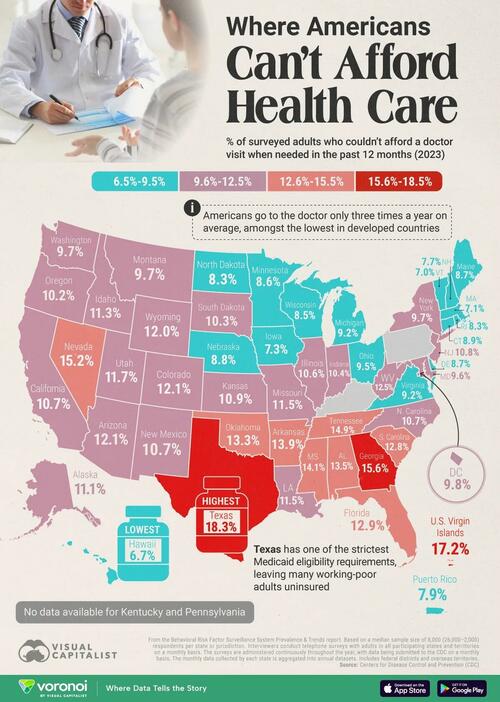

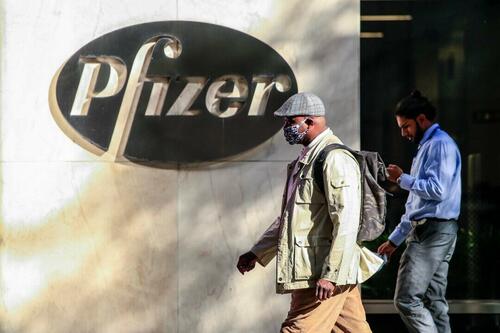
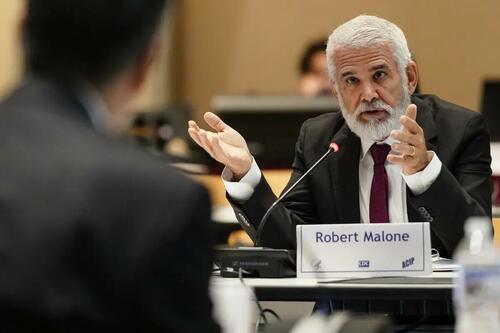


 Image via Zelensky’s office
Image via Zelensky’s office Illustrative from 2024, Flexport/Microsoft
Illustrative from 2024, Flexport/Microsoft

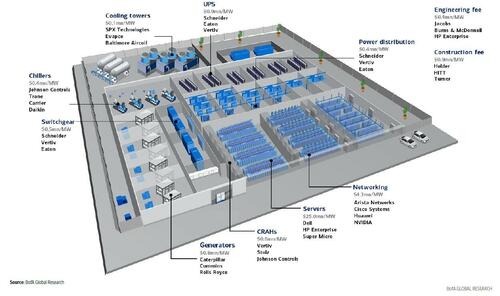
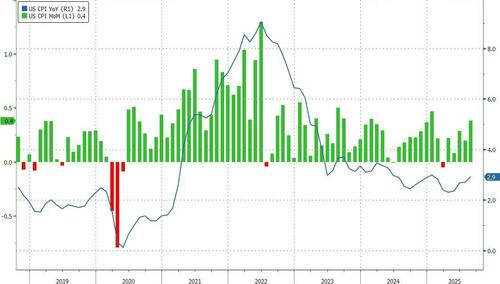
 Russell VoughtPhotographer: Jim Lo Scalzo/EPA/Bloomberg
Russell VoughtPhotographer: Jim Lo Scalzo/EPA/Bloomberg
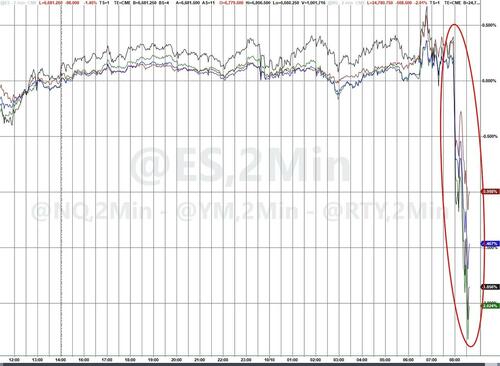
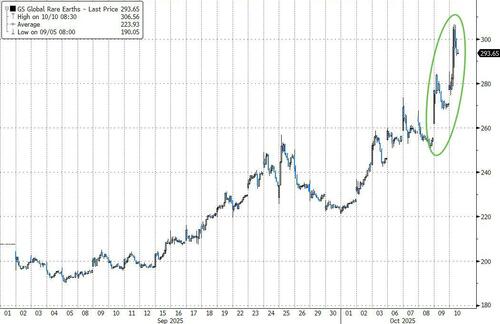
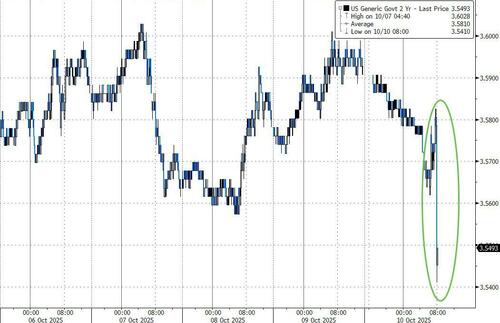
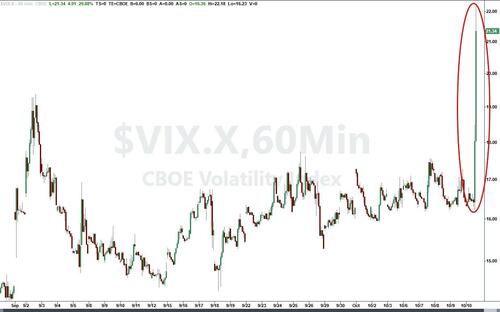
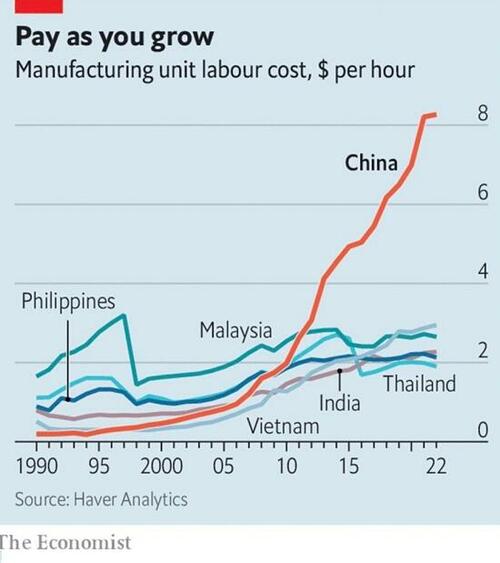




 Photo by: WTVF
Photo by: WTVF
 WTVF-TV
WTVF-TV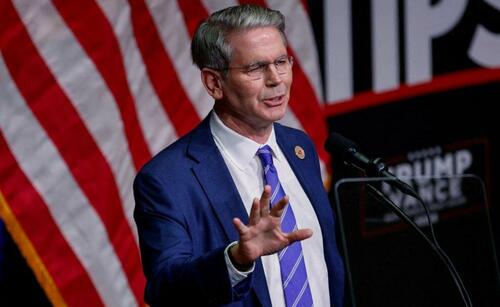
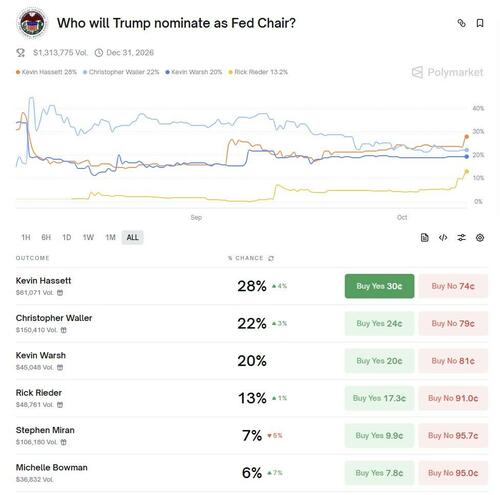
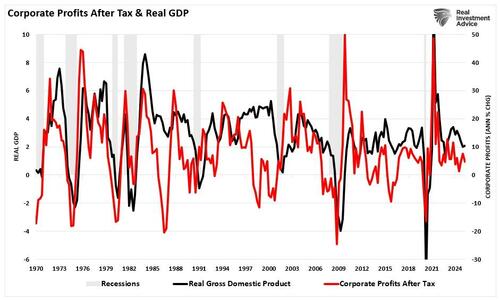
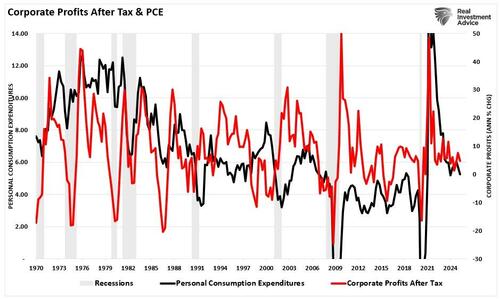
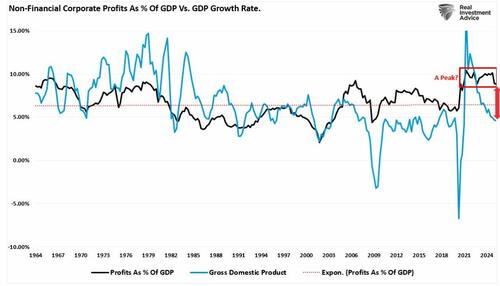
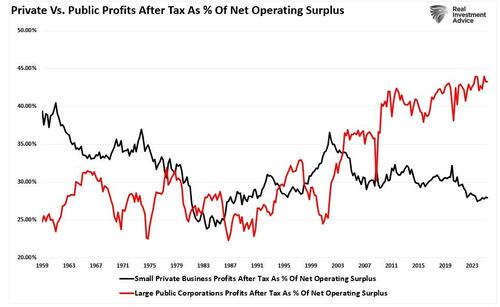
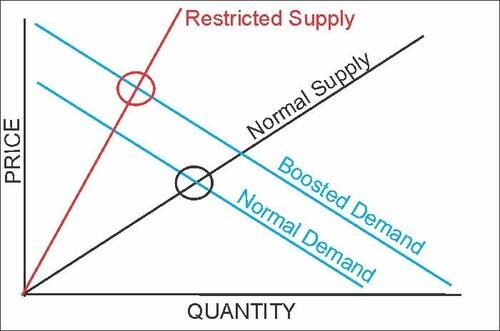
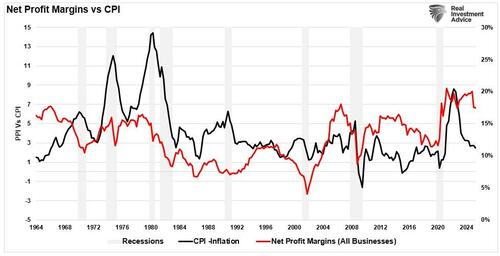
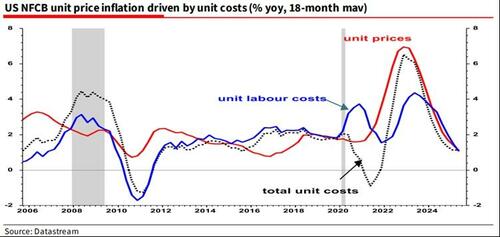
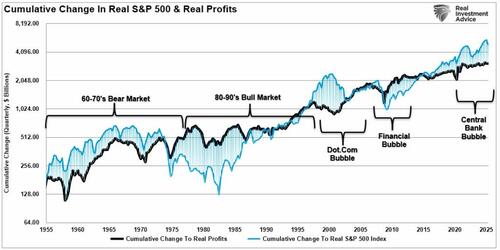
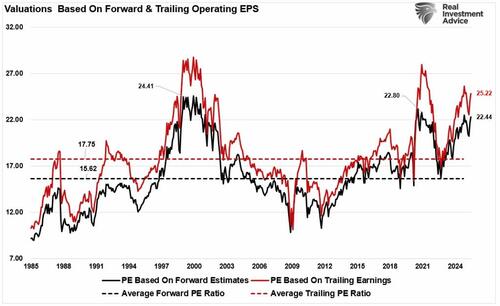
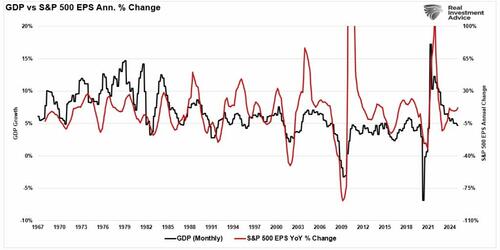


 Via Reuters
Via Reuters
Recent comments